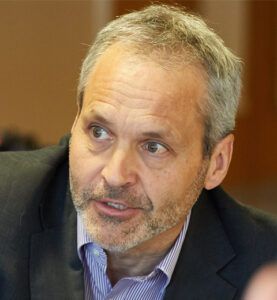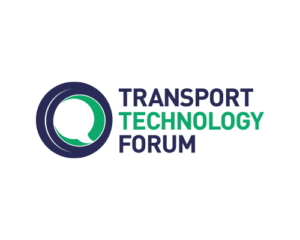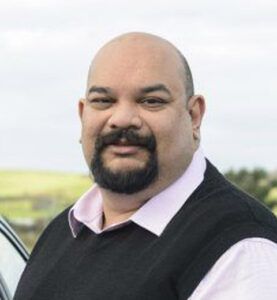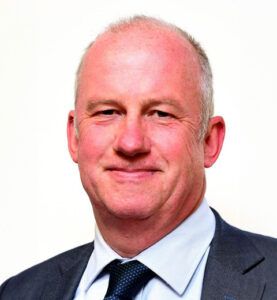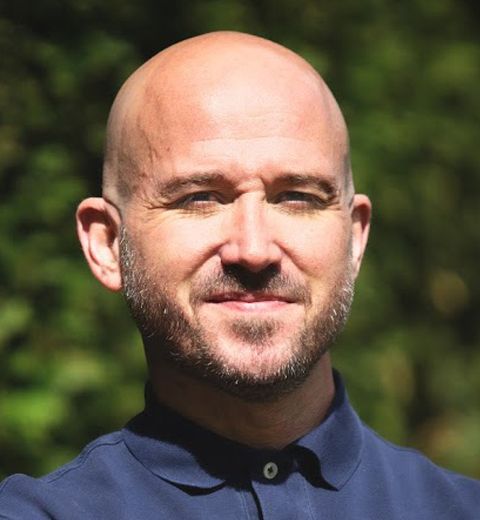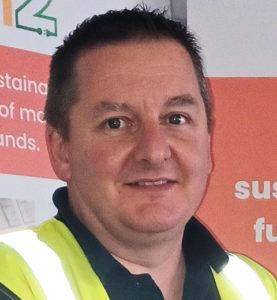Supporting the transition to electric vehicles
National Highways is putting roads at the heart of Britain’s net zero future. Roads Development Director, Dr Joanna White – who also sits on the Transport + Energy editorial board – says supporting electric vehicles will be key.
We will always need roads to connect us to friends, family, colleagues and to bring goods and services to us. Where net zero is concerned, road user carbon is the biggest contributor and potentially where we will have to work harder to influence change – hence why National Highways has set an ambition of net zero road user emissions by 2050. Our ambitions tie into wider Government ambitions and targets and we’re passionate about making sure we are doing everything we can to enable cleaner travel, whether that is through the transition to digital roads or how we can enable the transition to electric vehicles.
Working with local authorities and the supply chain, we’ve delivered new charging infrastructure so that no-one is more than 20 miles away from a charge point on 95 per cent of our network. This helps reduce “range anxiety” where people are worried about not having enough charge for their journey. It also helps them plan their journey, knowing that they are near to a charge point.
Whilst we have limited control over the number of petrol and diesel cars on the roads, by supporting the expansion of the rapid charge points network, we hope to increase EV drivers’ confidence for all types of journeys, both long and short.
Project Rapid is a key Government project. The policy is to have at least six high powered charge points at each motorway service area by 2023 – and an expected 6,000 charge points by 2035 – an investment by government of around £950 million. Provision of electric vehicle charging infrastructure is important – no-one wants to run out of power and making sure there are sufficient facilities to provide the right level of customer service is vital.
To help achieve this, we’re working to provide Energy Storage Systems at some motorway service areas to enable these high-powered chargers. These systems are needed to help bridge the gap before some motorway services can provide increased charge via the electricity grid. We’re working with the Office for Zero Emissions Vehicles, suppliers, motorway service area operators and distributed network operators to understand the market, and determine the right locations for these solutions – for example, smaller or more remote service areas. We’ve recently finished our supplier engagement exercise, helping us to better understand the market and what routes to market exist. We’re looking at enabling around 20 energy storage systems in time to meet the 2023 target.
Another example where we are supporting people to make a change is our work funding e-Van try-before-you-buy schemes – teaming up with the Energy Saving Trust and working in partnership with local authorities in Leeds, Coventry, Kent, Nottingham, Sheffield and Bristol. With the growth of online shopping, particularly during the pandemic, the number of vans on our roads is increasing. If we can enable these vans to become electric, then not only does this reduce carbon emissions, it improves air quality. We’ve invested £12.5 million with local authorities and these e-Van try-before-you-buy schemes have been established to enable local companies to try out electric vans free for up to two months – this will help them confirm that the electric van is viable for their needs as well as understand the operating costs they’ll save if they switched – not to mention what a lovely drive they are too! The scheme has been made possible by National Highways’ Designated Funds programme designed to benefit people, the economy and the planet with an overall investment of £936m between 2020 and 2025.
We have already seen the benefit of establishing these centres – for example, during Covid, more than 10,000 miles has been driven by the demonstrator electric vehicles in Leeds as part of the response there as well as encouraging businesses to make the switch to their own electric vans.
Alongside our work enabling the transition to electric vehicles, we’re also supporting local authorities implementing Clean Air Zones. Our core focus is on provision of signing on the strategic road network to inform road users – to date we’ve supported Bath and Birmingham and we will shortly provide signing for the Greater Manchester Clean Air Zone when it goes live in 2022 and the Bradford CAZ.
One of our biggest challenges is how to decarbonise bigger (44 tonne) freight lorries. It’s something that’s been investigated for some time as part of European projects (FABRIC is a good example), and more recently in the UK, DfT-funded Innovate UK to run a competition to consider the feasibility of hydrogen as a fuel for HGVs and electric road systems. Electric road systems supply electricity to equipped vehicles using the system, to enable them to both be powered and charge on the move for seemless operation off the system. We’re working with the three successful consortia to provide subject matter expertise to inform their feasibility studies and inform potential on road trials for the future. There are broadly two types of ERS technology being considered – catenary systems (overhead electric cables) and lower level conductive rail. The feasibility studies will complete in Spring 2022 and will inform plans for a possible demonstration project.
These and other innovation activities play a huge part in our work to date seeking ways of decarbonising road user transport and our key aim of supporting the transition to electric vehicles.
Image courtesy of National Highways.



























